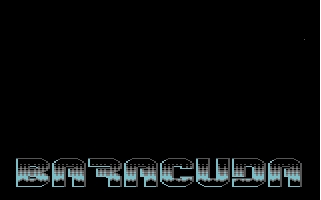MirageFreq
MirageFreq essentially does one thing - it generates a tone that matches the current sampling rate of an Ensoniq Mirage.
Look here: https://www.commodoreserver.com/MyDiskDetails.asp?DID=9741A5E6E0D542B4B063AF6E606755D3 MirageFreq: MirageFreq essentially does one thing - it generates a tone that matches the current sampling rate of an Ensoniq Mirage. It does this by requesting the current sample rate via MIDI (MASOS 2.0 must be booted up), and then calculating the sample rate and producing a tone on the Commodore SID chip. The reason this is important has to do with the way the Mirage handles short loops. To work correctly, the length of a short loop should be a power of two: one, two, four, etc. and the number of the first page of the loop should be divisible by the length of the loop. If I would have the Mirage I would dedicate a 64 just for these 2 tools. I personally own an Ensoniq ESQ-1 and I still haven't found something like this for it, so enjoy it if you have the Mirage. Requirements: Commodore 64 or 128, Passport Designs or Sequential Circuits MIDI i/f, Ensoniq Mirage running MASOS 2.0 Mirage-Freq is a program that runs on a C=64. It was featured in a two-part article in the Transoniq Hacker in the April and May '93 issues. The program generates tones that very accurately match in pitch, the sample rate the Mirage is currently set to. The program reads the current sample rate, and uses either the onboard SID chip or MIDI to generate a tone. The purpose for all of this is to get pitches that can be sampled with an exact number of waves per page. This allows short loops to very closely match the pitch of the non-looped portion of a sound. Baracuda of Smash Designs/Blazon/The Stock



Leave a Comment
You must be signed-in to post comments.Responses